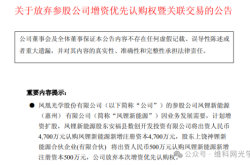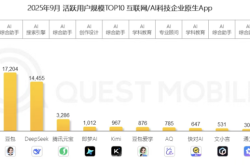AI Pin suffers from massive returns! How did the pioneer of AI hardware fail so miserably?
![]() 08/09 2024
08/09 2024
![]() 576
576
At MWC24 earlier this year, an AI hardware called AI Pin debuted, and the product spokesperson shouted the slogan "Kill the smartphone" during the press conference. Due to the impressive demo video, Time magazine directly named it one of the best inventions of 2023, and pre-orders exceeded 4.5 million units within a month.
My colleague at Lei Tech tried out the AI Pin at MWC and gave it a review of "impossible to replace a smartphone." Six months later, it turns out his judgment was spot on.
As early as April, when the first batch of media reviews for AI Pin were released, everyone's experience was surprisingly consistent: slow response, poor battery life, overheating, dim laser projection, and poor AI functionality... In short, the media's advice was "beautiful garbage, don't buy it."
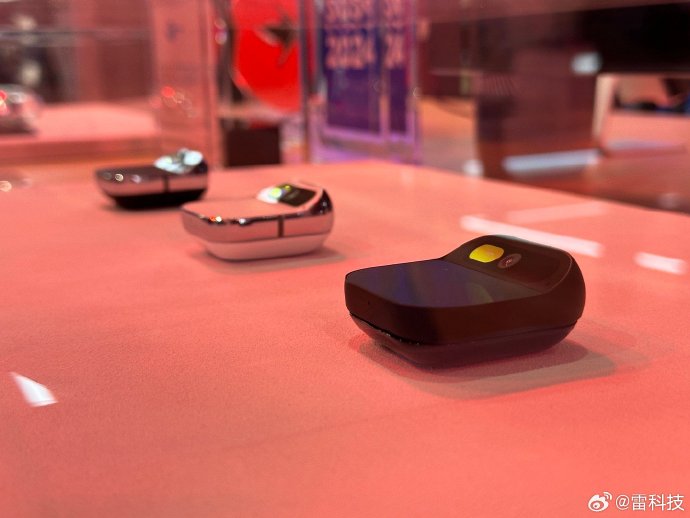
Image source: Lei Tech Reporting Team's on-site footage
The latest news is that the first batch of AI Pin buyers are returning them en masse. The Verge, a renowned tech media outlet, reported that from May to August this year, the number of AI Pin returns exceeded new sales. While Vision Pro is experiencing a gradual decline in returns, AI Pin is facing a "free fall."
Once aimed to kill the smartphone, now facing massive returns
Data shows that Humane's total sales of AI Pin and accessories have just surpassed $9 million (approximately 64.388 million RMB). The shipment of AI Pin is around 10,000 units, which is just 10% of Humane's target of shipping 100,000 units by April 2025.
As of June this year, about 8,000 AI Pins had not been returned; as of today, the number of devices still in customers' hands is about 7,000. In other words, about 1,000 AI Pins were returned in two months – a number higher than the new shipments during this period. At this return rate, AI Pin might disappear from the market within a year.
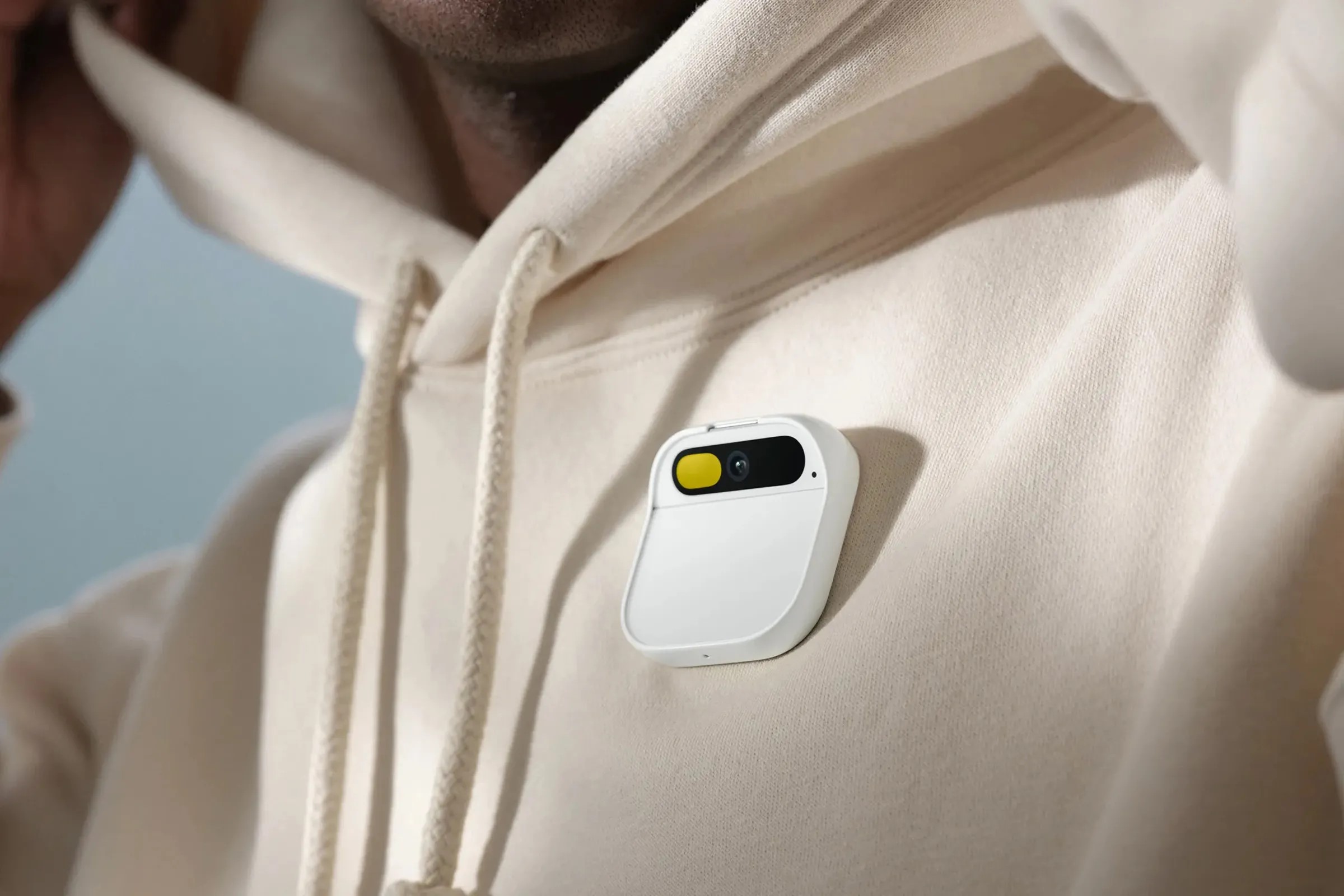
Image source: Humane
Notably, insiders revealed that once an AI Pin is returned, the company cannot refurbish it, cutting off the path for secondary sales, and a large number of AI Pins will become electronic waste.
Fortunately, Humane still has time to make mistakes, having raised over $200 million from Silicon Valley executives. Even if AI Pin doesn't sell a single unit, it won't affect the company's operations in the short term, but in the long run, a completely failed AI device will undoubtedly impact investor confidence.
A simple review reveals that AI Pin's failure was somewhat inevitable. As a standalone wearable device without a screen, AI Pin connects to the internet via eSIM, does not rely on a smartphone or other personal devices, uses voice as the primary mode of interaction, and supports laser projection, gestures, and touch (on the device's surface).
Judging from the "screenless" design, the AI Pin team completely lacks awareness of user needs and human nature: Vision is the primary way humans acquire information, and electronics without screens can only serve as accessories, like AirPods. When smartwatches, smart home hubs, smart speakers, and even smart cars are emphasizing the value of "screens," AI Pin goes against the grain, so it's no surprise it failed.
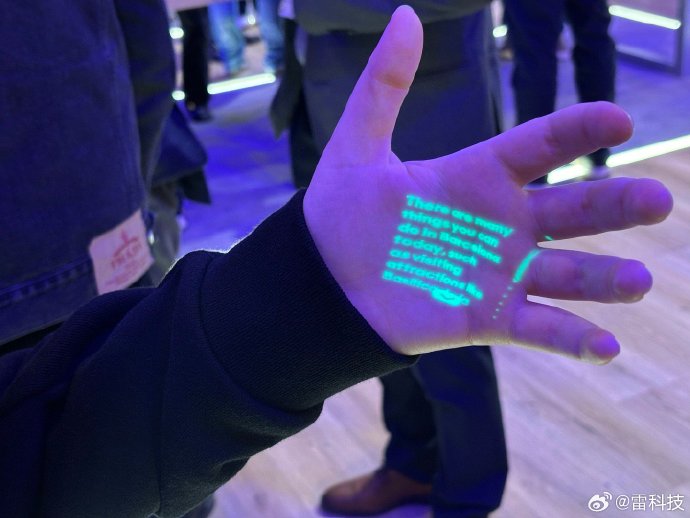
Image source: Lei Tech Reporting Team's on-site footage
Limited by the immaturity of machine vision technology, AI Pin's understanding of the real world through its camera is still limited, making visual interaction difficult to fully implement in the short term. Its highly dependent cloud-based large model system design also exposes AI Pin to connection and latency issues. Coupled with model generation time, AI Pin often takes several seconds to respond during MWC demos.
We won't delve into the unbearable battery life, cumbersome and inefficient interaction methods, or lack of app ecosystem. In the face of these shortcomings, AI Pin's $699 price tag becomes a magnifying glass for problems, not to mention the monthly $24 subscription fee.
Theoretically, everything AI Pin can do can also be done through a smartphone, and considering the more powerful computing power, screen, and software ecosystem, smartphones are likely to do it better. This is a challenge faced by all independent AI hardware. Although AI Pin's design concept of wearing it on the chest to observe the world is highly creative, it's still far from replacing smartphones at this stage. It seems more like a product of an engineer's "fantasy." While it has a sufficiently avant-garde concept, it's not practical.
As AI large models accelerate their integration with hardware, AI hardware such as AI phones, AI PCs, AI TVs, and AI education devices have emerged and gained market recognition. However, many oddly shaped AI hardware devices also appear as "new species," following the same path of pitfalls as AI Pin.
Countless "AI Pins" are on the verge of crashing
The chief analyst at Forrest, a market consulting agency, once shared an interesting perspective: No one wants to attend a costume party wearing street clothes. This aptly describes the current AI hardware market, where every company is catering to industry trends and showcasing their latest AI achievements, many of which are passive follow-ups to "not seem out of place."
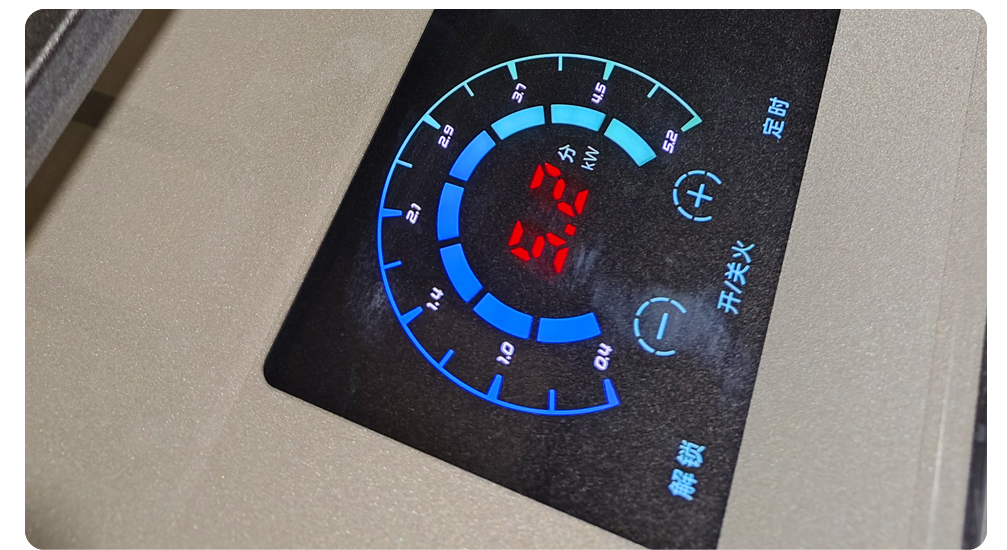
Image source: Fire King
After adding AI capabilities, some traditional products indeed provide a better user experience, such as smarter AI phones, AI TVs with improved picture and sound quality, and gas stoves with automatic temperature control. However, some products are purely gimmicks, giving an impression of more show than substance.
GluxKind Technologies, a Canadian startup, showcased an AI stroller called "Ella" that can brake automatically, issue alerts, and navigate autonomously when empty. When traveling, Ella also has an automatic rocking function and can be paired with customizable sleep-aid sounds, claiming to help lull babies to sleep. With this new concept, the price of this AI stroller soared to $3,300.
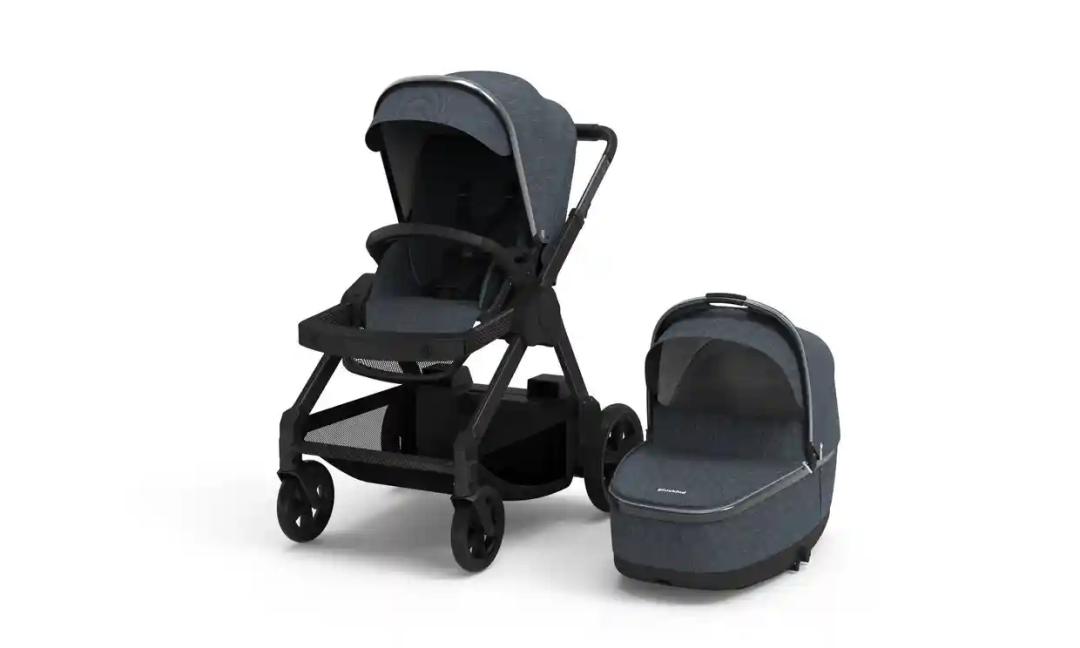
Image source: GluxKind Technologies
There are many other AI strollers promoting autonomous driving, but so far, these expensive AI strollers remain difficult to popularize and cannot penetrate the mainstream market. Furthermore, these companies overlook how much parents value their children or "AI" and would hardly trust leaving their babies unsupervised in a stroller that could malfunction at any moment.
AI strollers are typical examples of "product development disconnected from reality." There are many similar cases. It's not that AI cannot be applied to these products; it's about finding a more suitable entry point, which is often the difference between "having AI" and "good AI." If this issue is not addressed, AI Pin's failure will likely be repeated in many other AI hardware devices.
What does ideal AI hardware look like?
Currently, AI hardware can broadly be divided into two categories: "AI + hardware," i.e., traditional products with added AI capabilities, as mentioned above; and "native AI hardware," represented by independent AI terminals like AI Pin and Rabbit R1.
Combining AI with hardware is a strategy adopted by enterprises to create uniqueness in the highly competitive and homogenized consumer electronics market, which is commendable.
The first category, "AI + hardware," currently receives better market feedback because the corresponding products are already mature, and enhancing them with AI is "icing on the cake," like using AI to improve the photography experience on AI phones or boost productivity on AI PCs. Neither requires redefining demand scenarios, making them less challenging and risky.
The second category, "native AI hardware," adopts entirely new product forms, offering sufficient novelty and even "gimmicks" but also facing greater challenges. Besides the usual discussions about educating the market and defining categories, the primary challenge is managing the relationship with smartphones: whether to join the smartphone ecosystem or attempt to replace them.
AI Pin and Rabbit R1 are representatives of the latter approach, but they merely extract AI from smartphones and create devices tailored for specific scenarios, heavily overlapping with smartphone AI functionality. However, in other areas, they often underperform compared to smartphones.
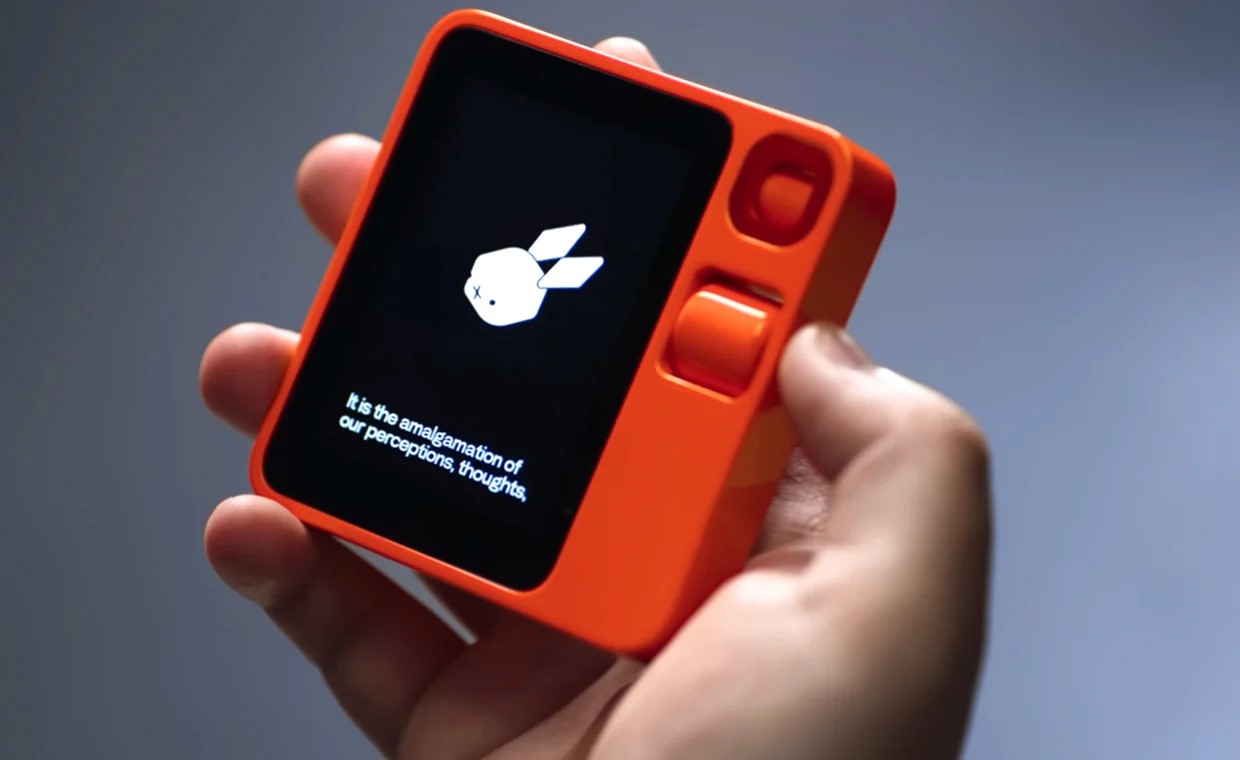
Image source: Rabbit
Smartphones remain the core of personal computing devices. Perhaps instead of replacing smartphones, native AI hardware should focus on complementing the ecosystem built around them.
For instance, AI friend positions itself as an "electronic friend" and doesn't showcase any AI functions in its promotional videos. It simply chats with users like a friend about movies they're watching on their phones or scenery they see while hiking. Friend never intends to replace smartphones but instead extends smartphone AI interactions at a relatively low price. In specific scenarios like driving, running, or cooking, these AI devices can sometimes be more convenient than smartphones – Lei Tech will closely monitor AI Friend and bring you first-hand reviews upon purchase, so stay tuned.
I believe the ideal state of AI hardware is a product that is tightly connected to other devices and leverages their respective strengths.
Source: Lei Tech


